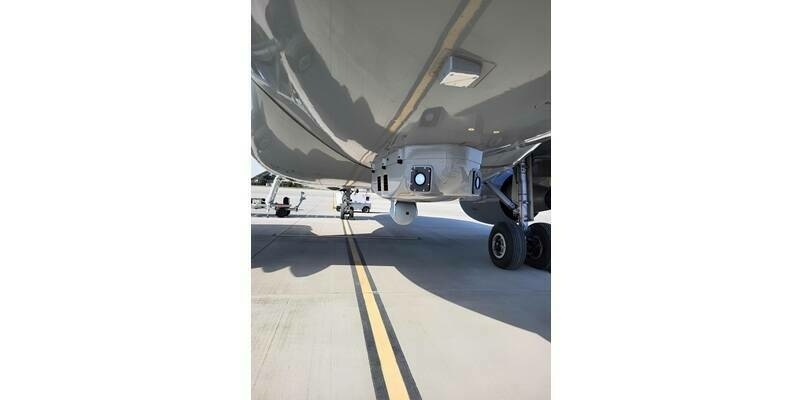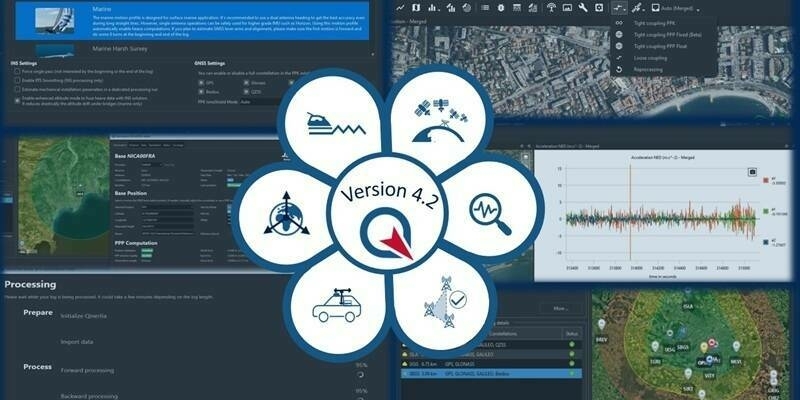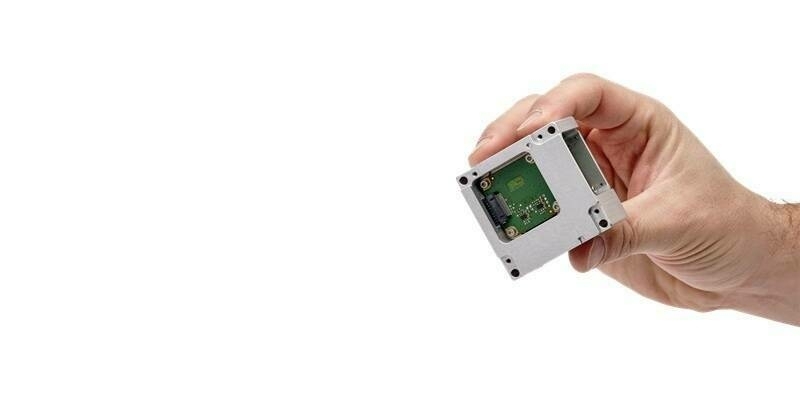The RIEGL VZ-6000 long range terrestrial laser scanner played a feature role in a field test of the MS1 Mars Analog Spacesuit.
The test simulated how this spacesuit would perform in a polar, Mars-like environment located atop the Grimsvötn Volcano on the Vatnajokull Glacier in Iceland, learning if the wearer would be able to move well and operate equipment.
The field test was part of a research expedition conducted by the Iceland Space Agency. The team included NASA Coordinator and Rhode Island School of Design (RISD) professor Michael Lye, who led the team that designed the MS1, and doctoral students from the University of Iceland. The end game is to assist the space industry as they explore the viability of putting humans on Mars.
The RIEGL VZ-6000 was a perfect tool to demonstrate how a typical astronaut could handle, set-up and operate a LiDAR scanner while wearing the spacesuit. The scanner weighs approximately 32 pounds and can be operated manually with a 7-inch touchscreen, or remotely. It comes with a heavy-weight tripod that can withstand high winds, and is adjustable so that it can be adapted to various terrains.
The scanner can operate at temperatures as low as -20ºC (-4ºF) to as high as +40ºC (104ºF). The expedition was called ISAGEVR1, which stands for Iceland Space Agency Glacial Expedition with Volcanic Research. The team included a group of researchers who volunteered to wear the suit and conduct simulated Martian research that included LiDAR scans. Limitations of the suit were discovered and are already informing future iterations of the MS1 Mars Analog spacesuit.
Subscribe to our newsletter
Stay updated on the latest technology, innovation product arrivals and exciting offers to your inbox.
Newsletter

